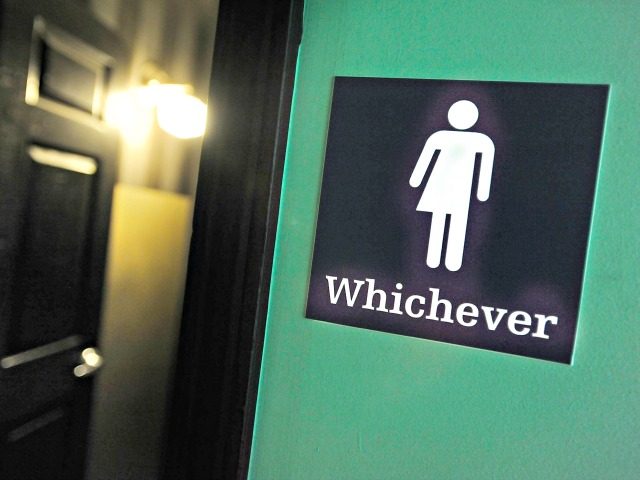A popular college textbook on sexuality complains that there aren’t enough “trisexual” characters on television.
“Trisexual,” which, according to Urban Dictionary, means “a person who will ‘try’ anything sexual” is the focus on a complaint in a recently published textbook that has been assigned at universities across the country, including UC Berkeley.
That complaint? That “trisexual” individuals aren’t represented with characters on mainstream television.
In contrast, visibility of other non-binary sexualities is limited on both a local and national level. Nationally, there are currently no “pansexual,” “trisexual,” or “heteroflexible,” characters on scripted primetime television. Torchwood‘s Jack Harkness comes the closest, as he is referred to as “omnisexual” in one novelization spin-off from the show (Adams 2009). In Lexington, the initialism “GLBTQQIA” is used at the University of Kentucky’s OUTsource, which does include “queer” as an identity possibility. However, labels such as “pansexual” and “queer” have been used very infrequently in local publications, and only in the last decade. I was unable to find any local publication using alternate terms such as “heteroflexible” and “trisexual.”
Varying editions of the textbook are used in courses at Rutgers University, The University of Pittsburgh, The University of California, Santa Barbara, San Jose State University, Arizona State University, The University of Michigan and at McMaster University in Ontario, Canada, amongst others.
It is, of course, possible that there has yet to be a “trisexual” character on a national television program because of the insignificant amount of Americans who identify with the label. Sitcom writers write characters that they know will be relatable to the masses. It’s a strategy that increases the likelihood that a show will resonate with the majority of Americans and thus earn ratings and keep it on the air.
Although this isn’t to say that heterosexual audiences couldn’t identify with a “trisexual” character, a majority heterosexual audience is far more likely to identify with a heterosexual or even a homosexual protagonist than with a “trisexual” protagonist.

COMMENTS
Please let us know if you're having issues with commenting.